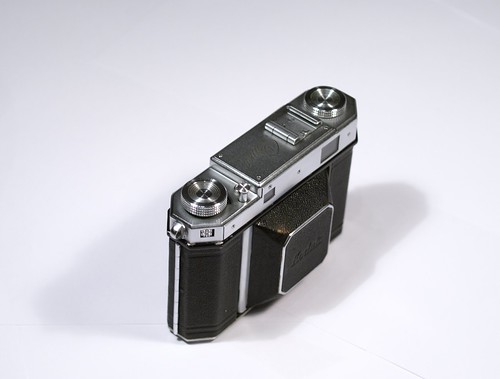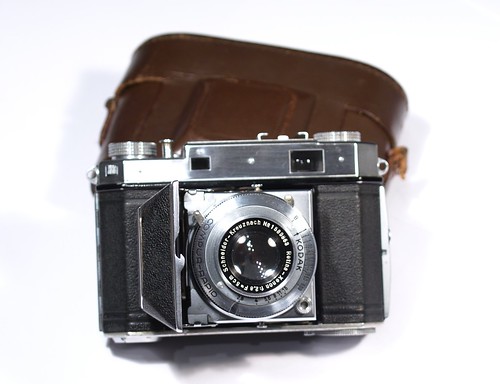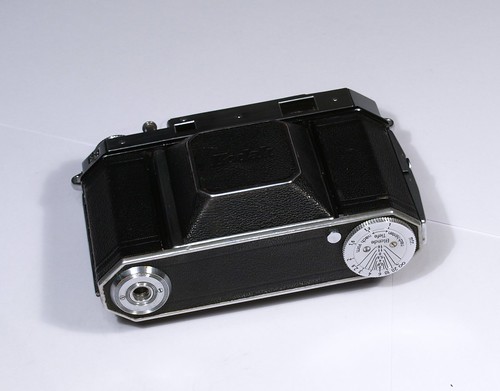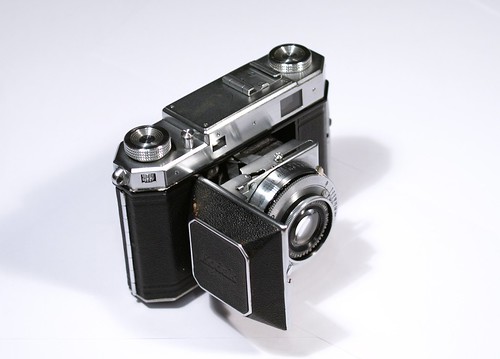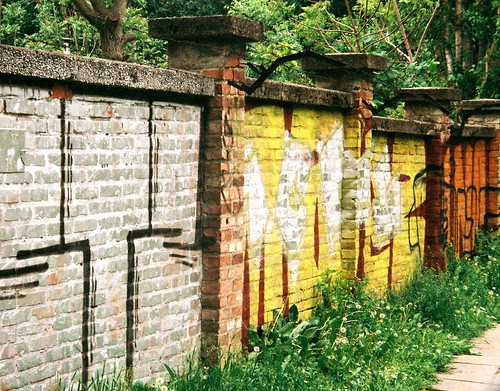- Type: Ia
- Serial No: 379142
- Manufactured: 1965-1977
- Manufacturer: Ihagee, Dresden, Germany
- Shutter: “guillotine-type” focal plane
- Speeds: 1/30, 1/60, 1/125, 1/175 and B
- Lens: Meyer-Optik Görlitz Domiplan 2.8/50
- Apertures: 2.8 - 22 in half stops
- Lens No:5116628
- Lens mount: Ihagee/Exakta/Exa bayonet
- Last CLA: unknown
The Exa Ia is a cheap and simple SLR camera system from Ihagee with interchangeable lens, interchangeable finder and lots of accessories (like a 3 parts macro tube for as close focusing as 2 cm). It was designed to be an affordable alternative of the more sophisticated and higher quality Exakta series.
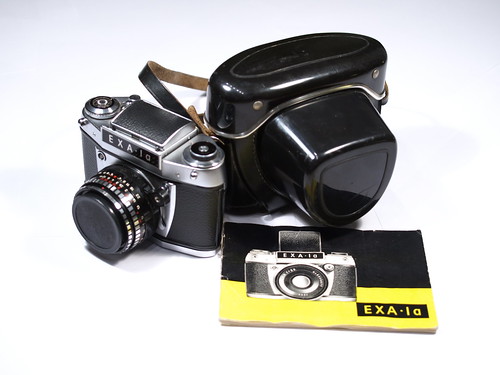
It comes with a waist-level finder which can be replaced with a normal eye-level finder but why anybody would do that? A waist-level finder is a great fun. Firstly because you have to compose in a mirror (and it’s not as easy as you think). Secondly you will get a completely different perspective. Composing while the camera is on the ground is not a problem anymore. Same applies when you hold it up above your head. Finally, the waist-level finder is the less obtrusive solution possible. Most people will not even notice that you take photo.
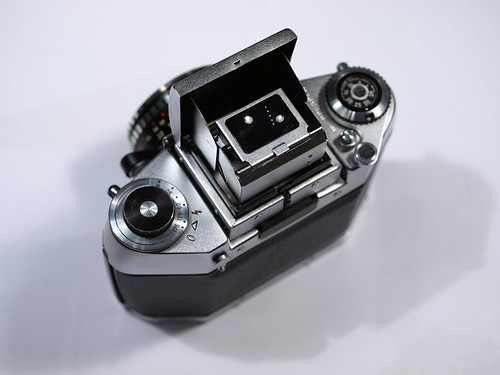

Then comes that ugly clash. The Exas have a very simple shutter which is basically the mirror itself making a noise of an empty can. It’s really ugly. Simplicity means a limited choice of speeds from 1/30 to 1/175 which is surprisingly enough in most of the cases. Simplicity also means reliability: it’s free from the slowdown in cold - a typical problem of other mechanical shutters having higher speeds.
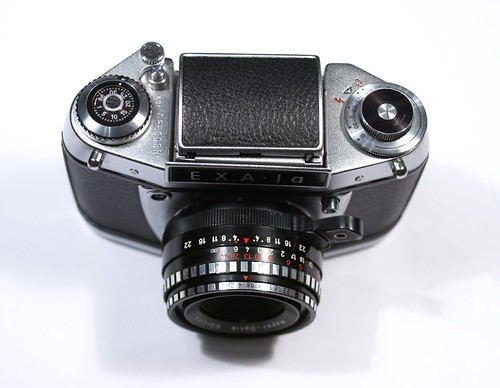
The camera itself is somehow wobbly. However, it’s wobbly in a German way. For example the cover of the waist-level finder is beveled because of an imprecise fastening. But not only on mine - it’s beveled on all Exa Ia-s exactly the same way. Engineered discrepancy.
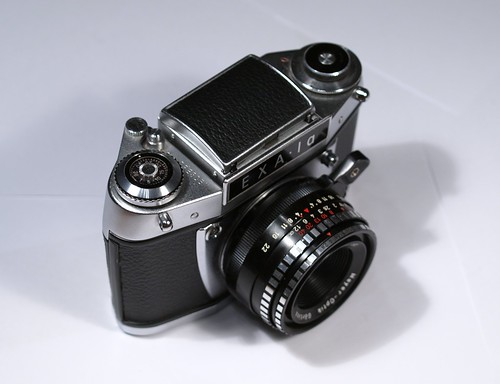
The manufacturer was IHAGEE, a strangely named camera company founded by a Dutchman in Dresden, Germany (the name is the German pronunciation of the acronym IHG standing for Industrie- und Handelsgesellschaft).

You can find several lenses for the EXA Ia since it has a standard IHAGEE Exakta/Exa bayonet mount. Mine came with a Domiplan lens which is not a sharp one but reliable and without noticeable distortion. Here is a sample photo taken with it:
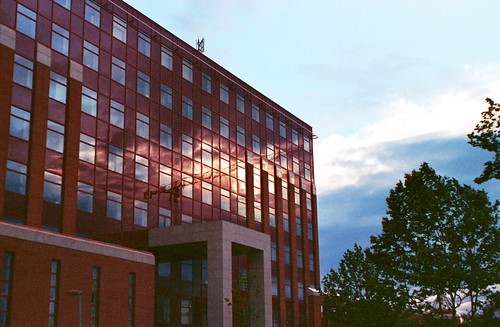
All in all, the EXA Ia is a unique camera with a really special look. It’s simple, medium quality but reliable and fun to use. You will like to play with it.
Raoul Pop, an American photographer made a short video to introduce the EXA Ia in details. A must see.
Exakta EXA Ia SLR from Raoul Pop on Vimeo.

